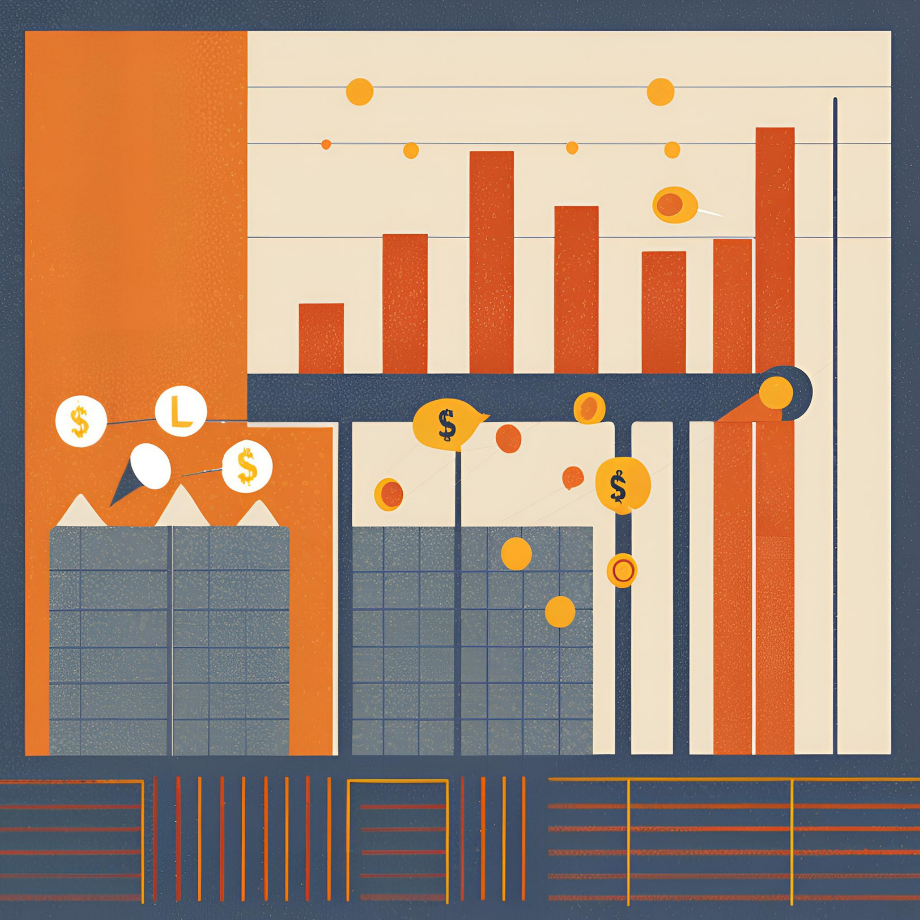The Risks of AI in Military Intelligence and Data Proliferation

Introduction to AI and Military ApplicationsThe growing adoption of artificial intelligence (AI) in civilian and military sectors has raised serious concerns about its dual-use potential—particularly in military contexts such as ISTAR (Intelligence, Surveillance, Target Acquisition, and Reconnaissance). Recent AI advancements have made once-hypothetical risks a reality, as foundation models, created for civilian use, are now […]
Classical Statistical Intuitions in Machine Learning: Do They Still Hold?

General OverviewRecent advances in machine learning (ML) have sparked debates about how traditional statistical intuitions, particularly the bias-variance tradeoff, hold up in the context of large-scale, complex models. This article highlights the critical differences between historic statistical practices, which focused on fixed designs and in-sample predictions, and modern ML, which prioritizes generalization to unseen data. […]
Moving Beyond “p < 0.05”: Understanding and Adapting to New Approaches in Statistical Inference

General Overview The article from The American Statistician urges the global research and business communities to move beyond the rigid use of “p < 0.05” as a sole determinant of statistical significance. It highlights the necessity for a more nuanced and flexible understanding of statistical inference that can handle uncertainty better and yield more profound […]
Determinants and Implications

Understanding the key factors and performance impacts of big data analytics adoption in small to medium-sized enterprises. The article discusses the adoption of Big Data Analytics (BDA) among small and medium-sized enterprises (SMEs). It explores the determinants that influence this adoption and the subsequent impact on financial and market performance. By utilizing a comprehensive framework […]
Evolving Data Strategy at Major Canadian Bank

Discover how CIBC’s innovative data strategy and adoption of data mesh architecture are revolutionizing data management, governance, and organizational alignment for improved business outcomes. Introduction to Data Strategy ShiftThe Canadian Imperial Bank of Commerce (CIBC) adopts a new data strategy to navigate the complexities of modern data landscapes, prioritizing organizational, cultural, and behavioural changes alongside […]
Unlocking the Potential of Deep Learning in Asset-Liability Management

Introduction to Deep ALMAsset-liability management (ALM) is a critical strategy in financial management. It involves coordinating an institution’s financial assets and liabilities to manage risks and optimize returns. Integrating deep learning into ALM, or Deep ALM, signifies a transformative approach to handling this complex task due to its ability to effectively manage high-dimensional data and […]
Strategies and Techniques for Effective Asset-Liability Management

Introduction to ALM: Renewed Focus – The renewed interest in Asset-Liability Management (ALM) arose during the turbulent interest rates in the early 1980s. As the field evolved, numerous strategies emerged, ranging from simple methods to those relying on advanced financial theory. The article aims to summarize these approaches and evaluate their efficacy. Classifications of ALM […]
Efficient Asset-Liability Management Strategies

IntroductionThe “Society of Actuaries Professional Actuarial Specialty Guide: Asset-Liability Management” is an extensive background reading resource on Asset-Liability Management (ALM). This document provides crucial insights and guidelines for actuaries and other professionals involved in financial security systems like life insurance, property/casualty insurance, and pensions. The guide is divided into sections covering foundational knowledge, practical tools, […]
Deep Asset Liability Management in Retail Banking

General SummaryThis article presents a master’s thesis on the application of deep learning techniques to Asset Liability Management (ALM) in retail banking. Konrad Jakob Müller’s research, supervised by prominent academics from ETH Zürich and OST St. Gallen, proposes a novel method termed Deep ALM. This approach uses neural networks to optimize a bank’s investment and […]
Application of Deep Reinforcement Learning in Asset-Liability Management

Introduction to ALM and its ImportanceAsset-liability management (ALM) is a crucial technique in risk management for institutional risk-takers, including insurers, pension funds, banks, and asset managers. The primary goal of ALM is to optimize investment strategies to meet future liabilities, which is especially critical during periods of fluctuating interest rates such as those experienced globally […]